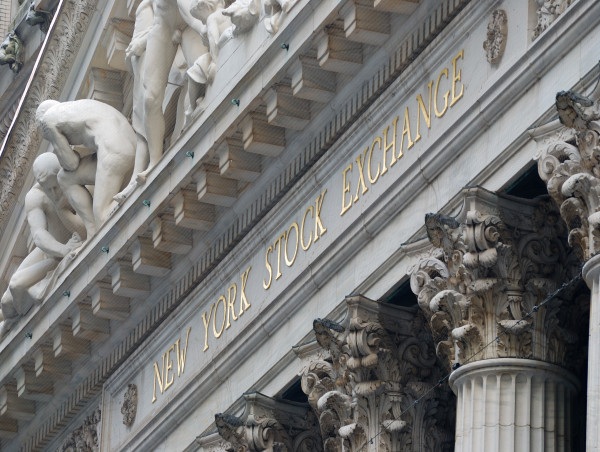The PIMCO Dynamic Income Fund (PDI) ETF continued its bull run this week as investors assessed the performance of the bond and stock market. It soared to a high of $19.35 on Wednesday, its highest swing since August 2021. It has jumped by more than 36% from its lowest point in December.
High yield but expensive
The PIMCO Dynamic Income Fund is a highly popular Closed End Fund (CEF) among investors seeking high regular returns.It has a dividend yield of 13.50%, meaning that a $100,000 investment will bring $13,500 annually excluding the stock return.
The fund generates returns by investing in the global fixed income industry. It invests 25% of its fund in non-agency mortgage-related securities and 40% in securities of issuers tied to the emerging market countries. Its portfolio is made up of thousands of assets.
As an investor in debt, the PDI fund has done well in the past few months because of high interest rates in the United States and other markets. In the US, the Fed has boosted rates to a 23-year high of between 5.25% and 5.50%.
The same has happened in other countries like the UK, Canada, and the European Union. Canada and the EU have started to unwind their high-interest rates while the Fed has pointed to higher rates for longer.
Notably, PDI trades at a premium to Net Asset Value (NAV). While this figure fluctuates, it has remained above 14% in the past few months.
A key challenge for the fund is that analysts expect that delinquencies could continue rising in the coming months even if interest rates start falling. Mortgages appear riskier because of the higher rates in the United States.
Delinquencies are a concern to PDI because the fund mostly invests in assets that are below investment grade. This is a high-risk asset at a time when the risk premium relative to risk-free rates has moved to about 1.44%. Historically, the spread has been between 2% and 3.5%, meaning that the 1.4% figure is the thinnest it has been in decades.
The PIMCO Dynamic Income Fund is also a highly expensive fund to invest in. According to its website, its total expense ratio including interest expense is 5.12%, which is substantial. As such, while the fund has a 13.5% yield, subtractibg the expense ratio brings a return of about 8.32%. Including taxes, the return becomes thinner.
Is the PIMCO Dynamic Income Fund a good investment?
So, is the PDI a good asset to invest in? To do that, my approach is to compare its performance with generic ETFs like the SPDR S&P 500 (SPY) and the Invesco QQQ (QQQ). I have also compared it with the Schwab US Dividend Equity ETF (SCHD), which is a popular fund among income investors.
The PDI’s total return this year stands at 14.24% while the other ones have returned 12.8%, 13.3%, and 2.65%, respectively. This means that it has done beaten these funds this year.
However, in the long-term, the fund has underperformed the market. It has returned 8.36% in the past five years while the SPY, QQQ, and SCHD have returned 104%, 172%, and 78%. The chart below shows its performance in the past three years.

PDI vs SPY vs QQQ vs SCHD
Therefore, I believe that investors should mostly focus on popular generic funds like SPY and QQQ since they have better returns. PDI, on the other hand, could be part of a small portfolio of income-focused assets.
The post PIMCO Dynamic Income Fund (PDI) yields 13.5%: is it a buy? appeared first on Invezz




